Napoleon was the Best General Ever, and the Math Proves it.
In the history of Rafting every * General Warfare
*almost every
When the African asked that Hannibal's opinion is the greatest general, then Hannibal named Alexander ... who would rank someone else, Hannibal chose Pyrrhus ... He asked who named Hannibal as the third, he had no He kept his name in the name of hesitation. Then Scipio broke into a laugh and said, [what would you say if you beat me?]
- Livy
Like this Hannibal, he wanted to rank powerful leaders in the history of war. Unlike Hannibal, I demanded to use data to determine the capabilities of general rather than the specific accounts of the achievements of generals. These results are a system to rank every major commander in military history.
'Process'
It was inspired by baseball saber-metrics; he opted to use a system of reinforcement above the war. This war is often used as an estimation of baseball player's contribution to his team. This calculates the total victory (or decreased) by the player compared to the replacement-level player, for example, compared to the average contribution of a high-level minor league player, with a war of 5, a baseball player in his team Contributed 5 additional wins. This war is far from right, but provides a way to compare players on a figure basis.
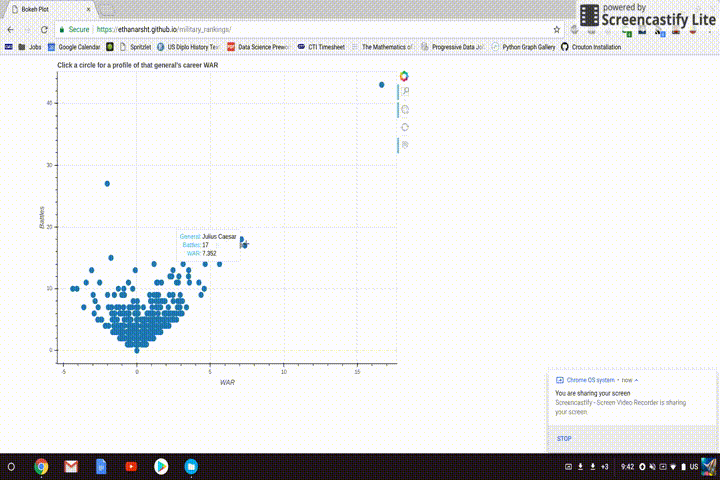
They adopted the war to assess the contribution of military skills beyond or below a general military. The model, which I explain below, provides an estimate for the performance of the average normal in any circumstance. I can then evaluate the quality of a normal, on which the substitution in the same situation is more than the normal Grossed or decreased (assuming a general, would be performed at an average level). In other words, I will get military war, in war
Statistics
That first challenge was creating a reliable dataset. Since he could not find a comprehensive dataset of the historical war, he decided to build his own. They used lists of Wikipedia battles as the starting point. It is not comprehensive; the list of Wikipedia contains 3,580 unique battles and 6619 generals, which provides a sufficient sample to make a model. He then developed a function that could scavenging important information for each war, in which all the commanders included were the result of all the forces available for those commanders and the war. As a result, the dataset provided a bigger sample of the fight to create a baseline (replacement-level) performance, against which it would compare the performance of the individual generals.
Statistics
That first challenge was creating a reliable dataset. Since he could not find a comprehensive dataset of the historical war, he decided to build his own. They used lists of Wikipedia battles as the starting point. It is not comprehensive; the list of Wikipedia contains 3,580 unique battles and 6619 generals, which provides a sufficient sample to make a model. He then developed a function that could scavenging important information for each war, in which all the commanders included were the result of all the forces available for those commanders and the war. As a result, the dataset provided a bigger sample of the fight to create a baseline (replacement-level) performance, against which it would compare the performance of the individual generals.
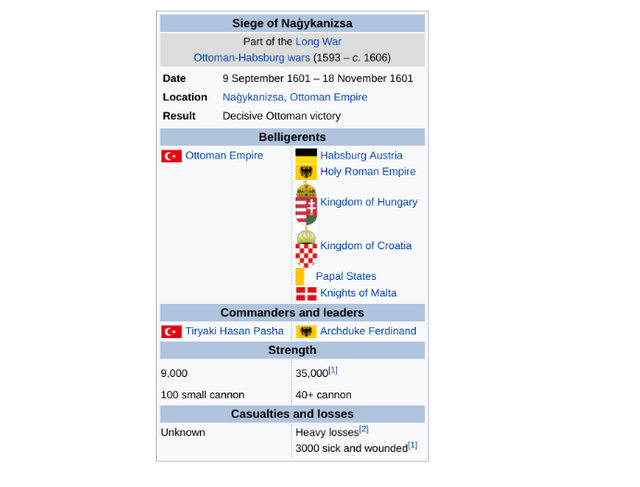

'War data sampled and processed in data frame'
Then he created a linear model from that sample of fighting. For each war, he separated the army of the combatants into infantry, cavalry, artillery, air force and navy. After that he could bear the burden of a general numerical benefit or loss compared to his opponent, and could separate the ability of normal in the form of a skilled person. This resultant model was surprisingly conservative in its weight, suggesting that raw soldier quantities have a relatively small impact like other factors like terrain or technology, which can be examined in further research in more detail. However, this project enhances the importance of the commander's strategic acumen against other factors.
He was ready to make every normal rank and used to engross in the results. They did so by separating each general's fight and by specifying a war score for their performance in each war. For example, French Emperor Napoleon won 49 wars for his victory in the Battle of Borodino. Because of this, French soldiers increased the strength of a little Russian empire, in the case of model Napoleon; a replacement gave normal 51% of the victory. This war system gives Napoleon 1 win for his victory, but gives priority to the occasion that a replacement would have won anyway. Thus, Napoleon received 49 victories over the replacement.
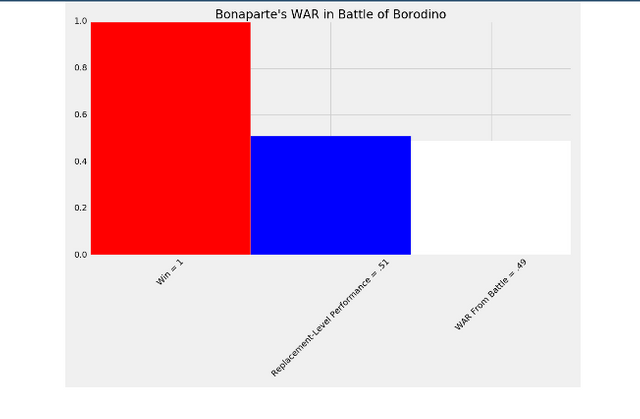
This system uses the same method to handle defeat; For example, Russian Mikhail Kutuzov, one of Napoleon's opponents in the Battle of Borodino, attributed the 49 war to the confrontation. From this defeat he won 1, but a 51% chance that a replacement would have been lost anyway.
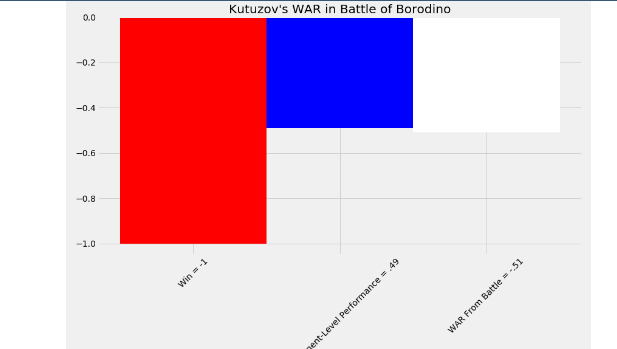
Result
Between all its generals was the highest war (16.679) from a major difference in Napoleon. In this next highest performer, Julius Caesar (7.445 wars) had a fact in less than half the battle that Napoleon gathered in his battles. This Napoleon benefited from a large number of battles in which he led the armies. Out of his 43 listed battles, he won 38 and lost only 5.
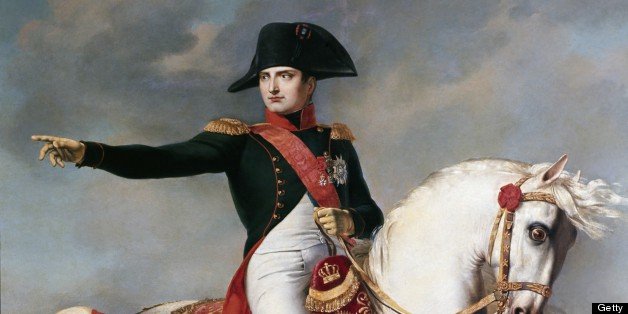
Napoleon crossed difficult obstacles in 17 of his victories and ordered a reduction in 5 losses in all his losses. No other common totals came close to Napoleon, while Napoleon had ordered army in 43 battles, the next most generous general, Robert E. Lee had 27 battles (average battle was 1.5). This Napoleon's big battle count allowed him more opportunities to demonstrate his strategic skills. This Alexander the Great, despite winning all his 9 wars, gathered in a lesser war due to his small and less bright career.